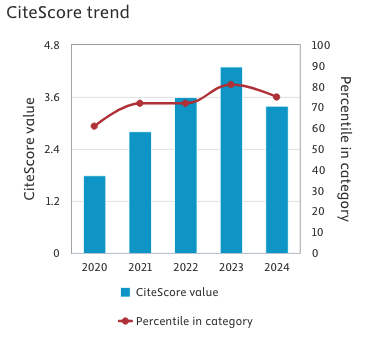How to explain a PaO2 of 140 mmHg in a venous line?
Keywords:
Metformin, lactic acidosis, acute renal failure, dialysis, cellular respiration, blood gas analysis, oxygen partial pressureAbstract
Metformin is a commonly used oral antidiabetic drug which can cause lactic acidosis. Although rare, this condition carries a high mortality risk. Correction of metabolic acidaemia is essential for treatment and dialysis with bicarbonate replacement is the gold standard approach. A 53-year-old man with diabetes on metformin therapy was admitted to the intensive care unit with severe lactic acidosis and acute renal failure suggesting metformin intoxication. The lactic acidosis was treated with bicarbonate haemodialysis and his pH normalized after 10 hours, but he died because of myocardial infarction due to severe hypotension. At ICU admission an aortic dissection was also hypothesized but TEE did not evidence aortic dissection. The dilemma in this patient was represented by the abnormal PaO2 value (140 mmHg) in the venous blood gas analysis. Considering that metformin acts on mitochondrial respiration, the dilemma may be explained by hypothesizing a cellular respiration block caused by metformin or severe acidosis.Downloads
Published
Issue
Section
License
This is an Open Access article distributed under the terms of the Creative Commons Attribution License (https://creativecommons.org/licenses/by-nc/4.0) which permits unrestricted use, distribution, and reproduction in any medium, provided the original work is properly cited.
Transfer of Copyright and Permission to Reproduce Parts of Published Papers.
Authors retain the copyright for their published work. No formal permission will be required to reproduce parts (tables or illustrations) of published papers, provided the source is quoted appropriately and reproduction has no commercial intent. Reproductions with commercial intent will require written permission and payment of royalties.


